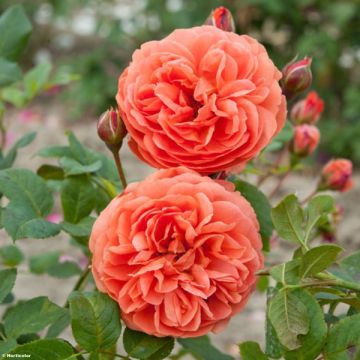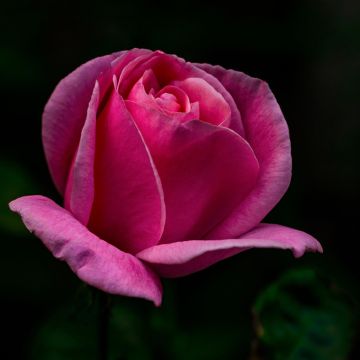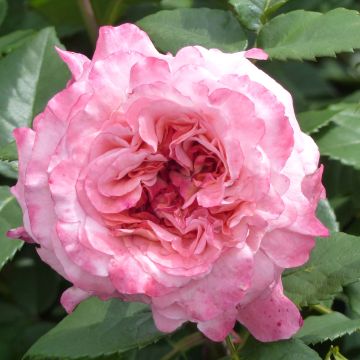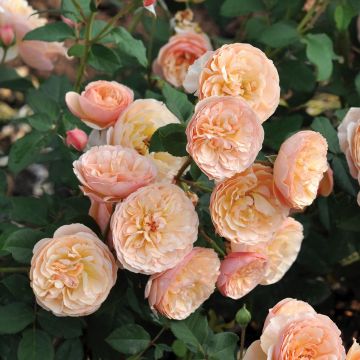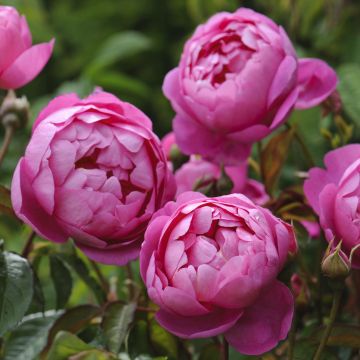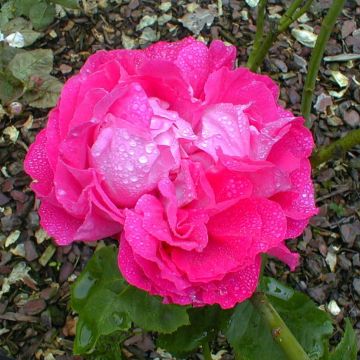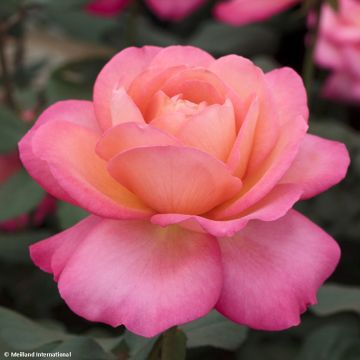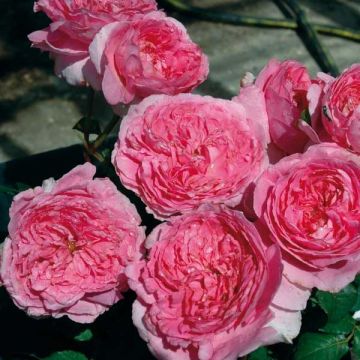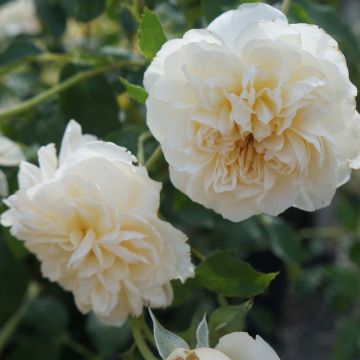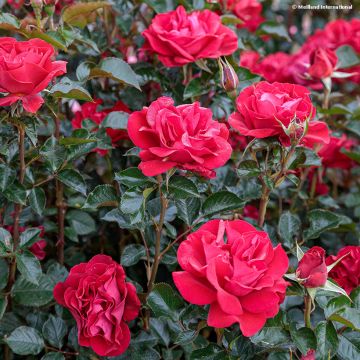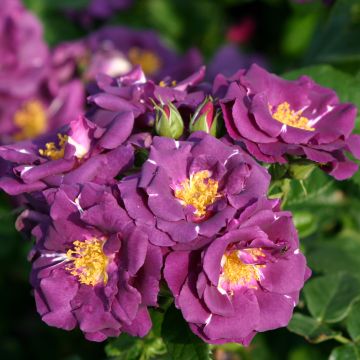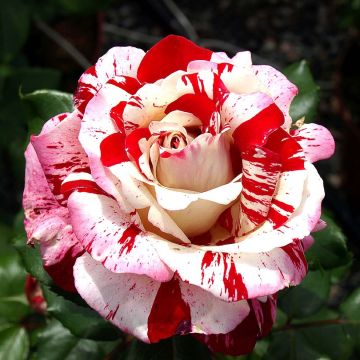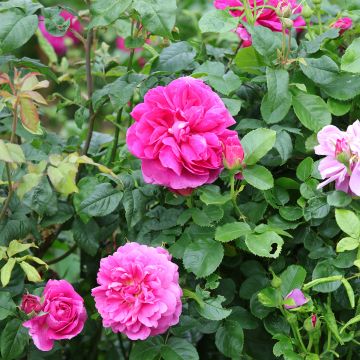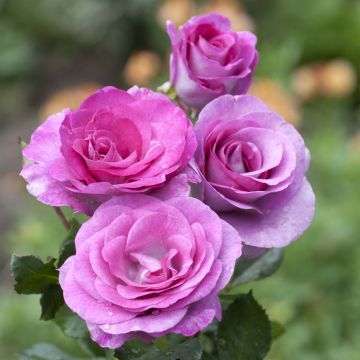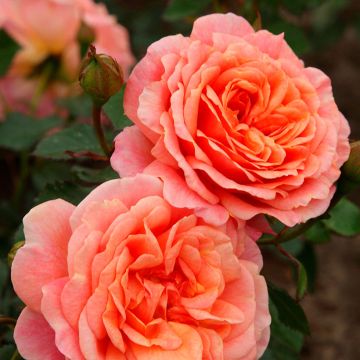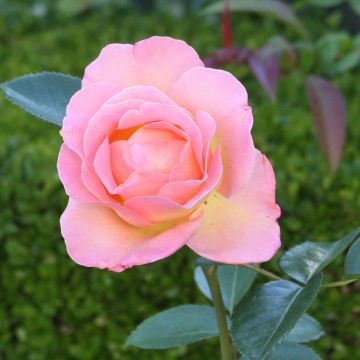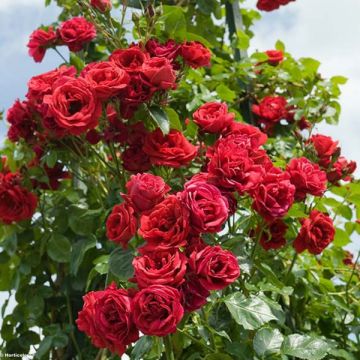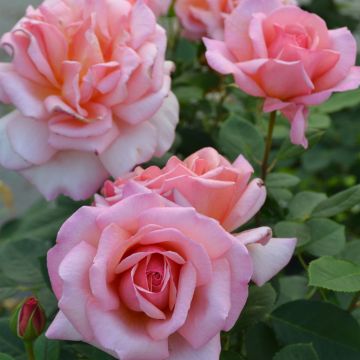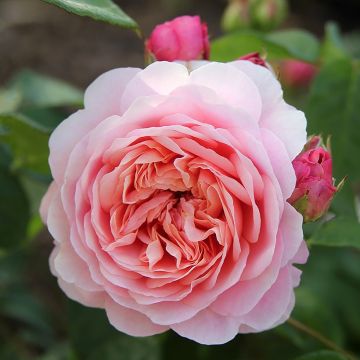Plantfit
Log in / Register
Existing customer?
New customer?
Create an account to track your orders, access our customer service and, if you wish, make the most of our upcoming offers.
My Account
Hello
Shipping country and language
Your country of residence may be:
For a better user experience on our website, you can select:
Your shipping country:
Andorra
Austria
Belgium
Bulgaria
Croatia
Czechia
Denmark
Estonia
Finland
France
Germany
Greece
Hungary
Iceland
Ireland
Italy
Latvia
Lithuania
Luxembourg
Monaco
Netherlands
Poland
Portugal
Romania
Slovakia
Slovenia
Spain
Sweden
Switzerland
Language:
French
English
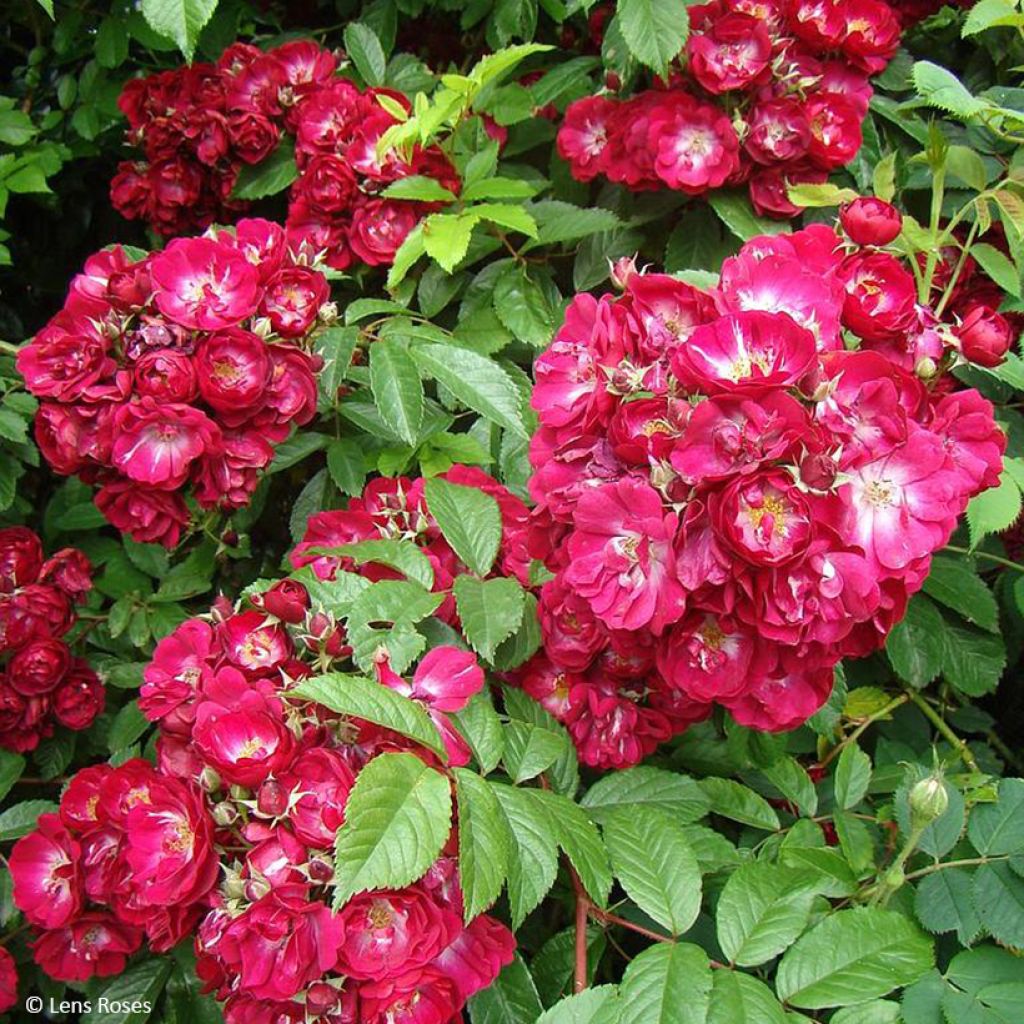

Rosa Wilderode- Bourbon Rose
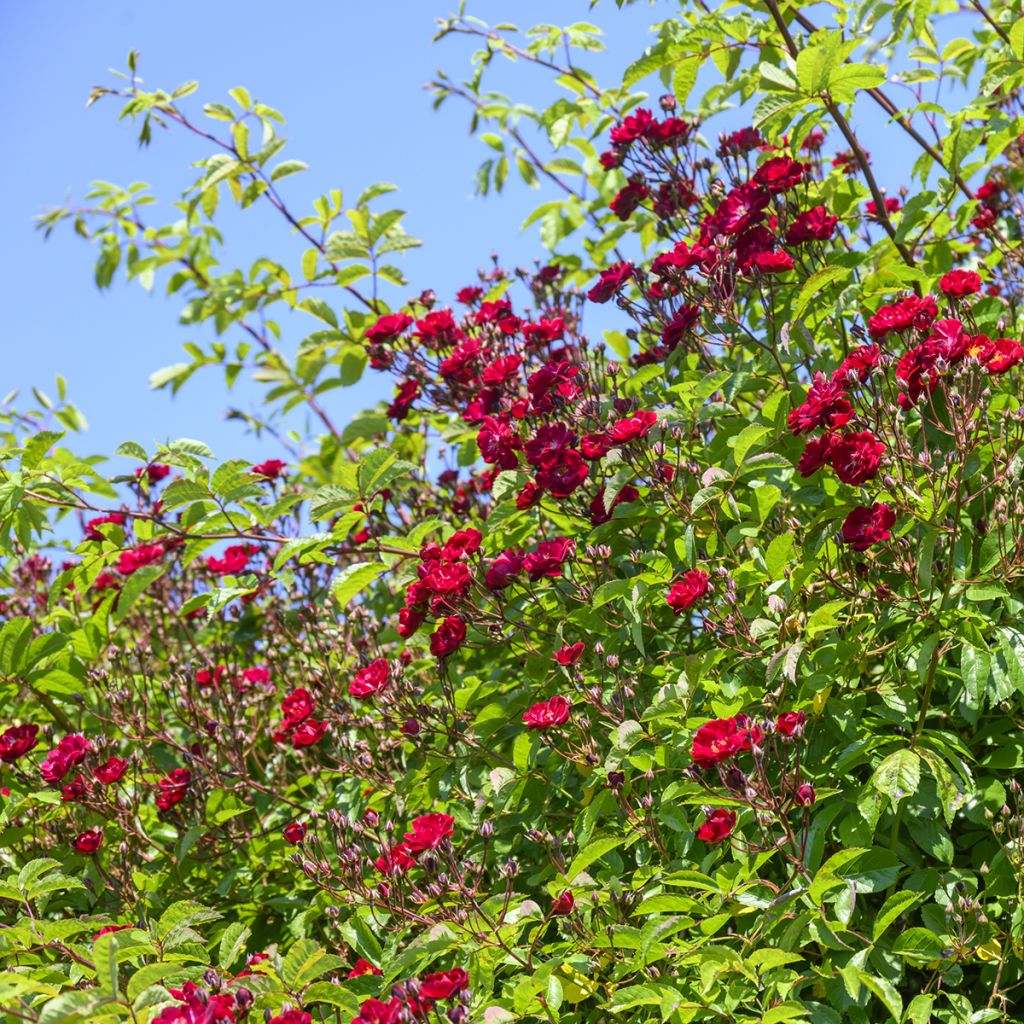

Rosa Wilderode- Bourbon Rose
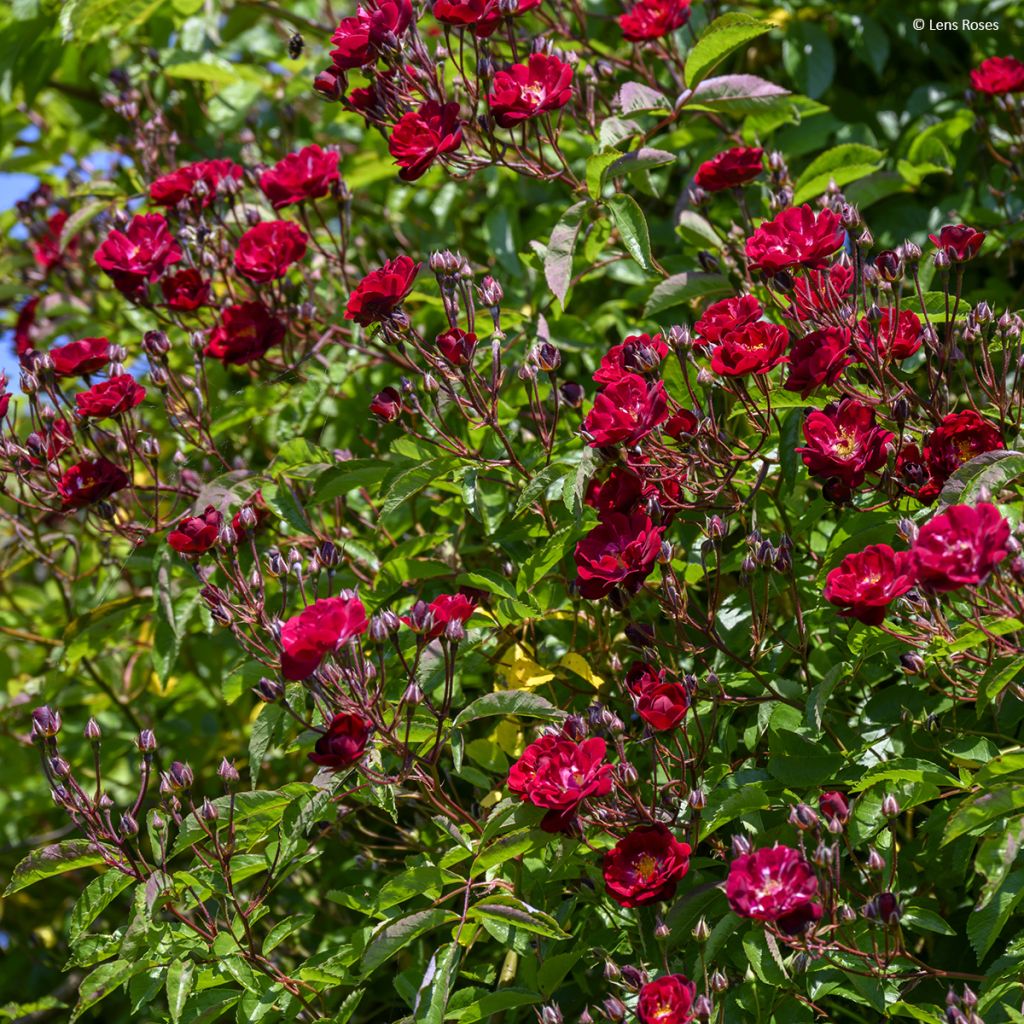

Rosa Wilderode- Bourbon Rose
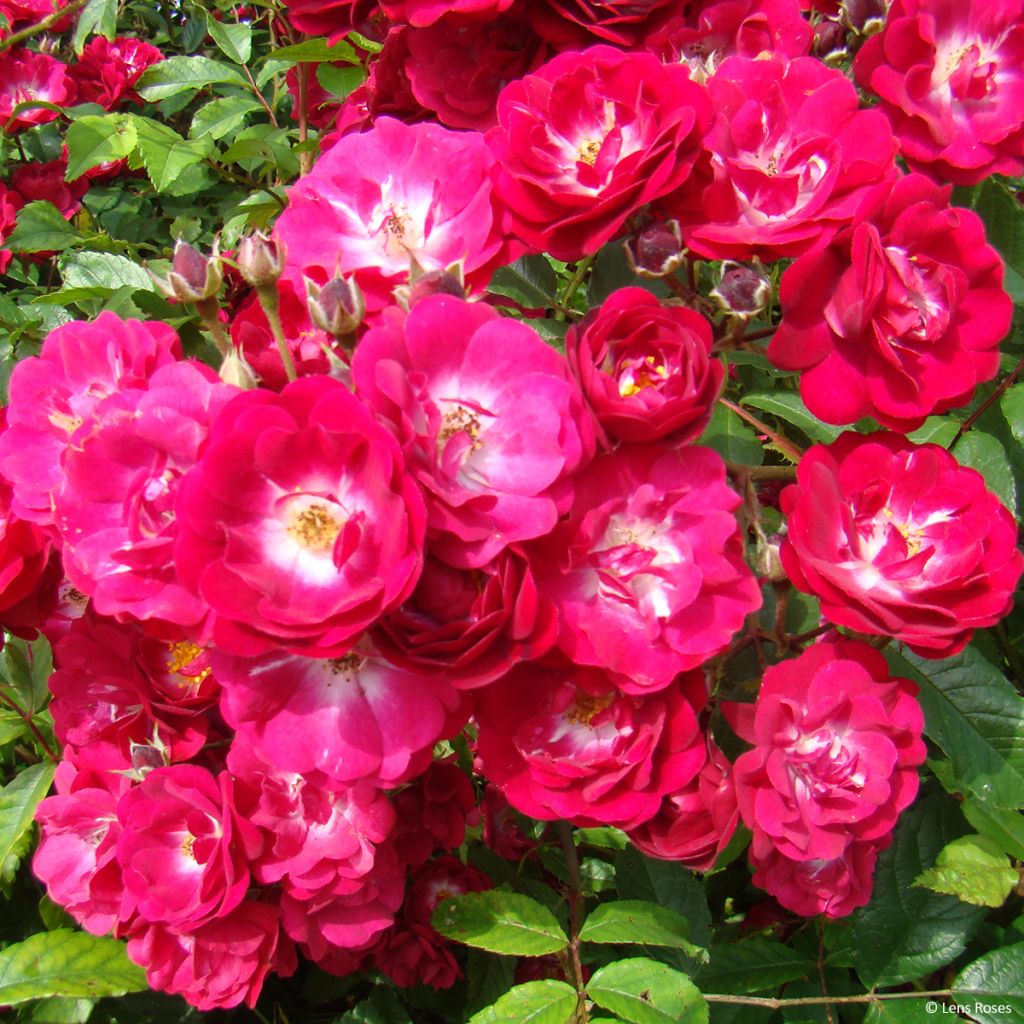

Rosa Wilderode- Bourbon Rose
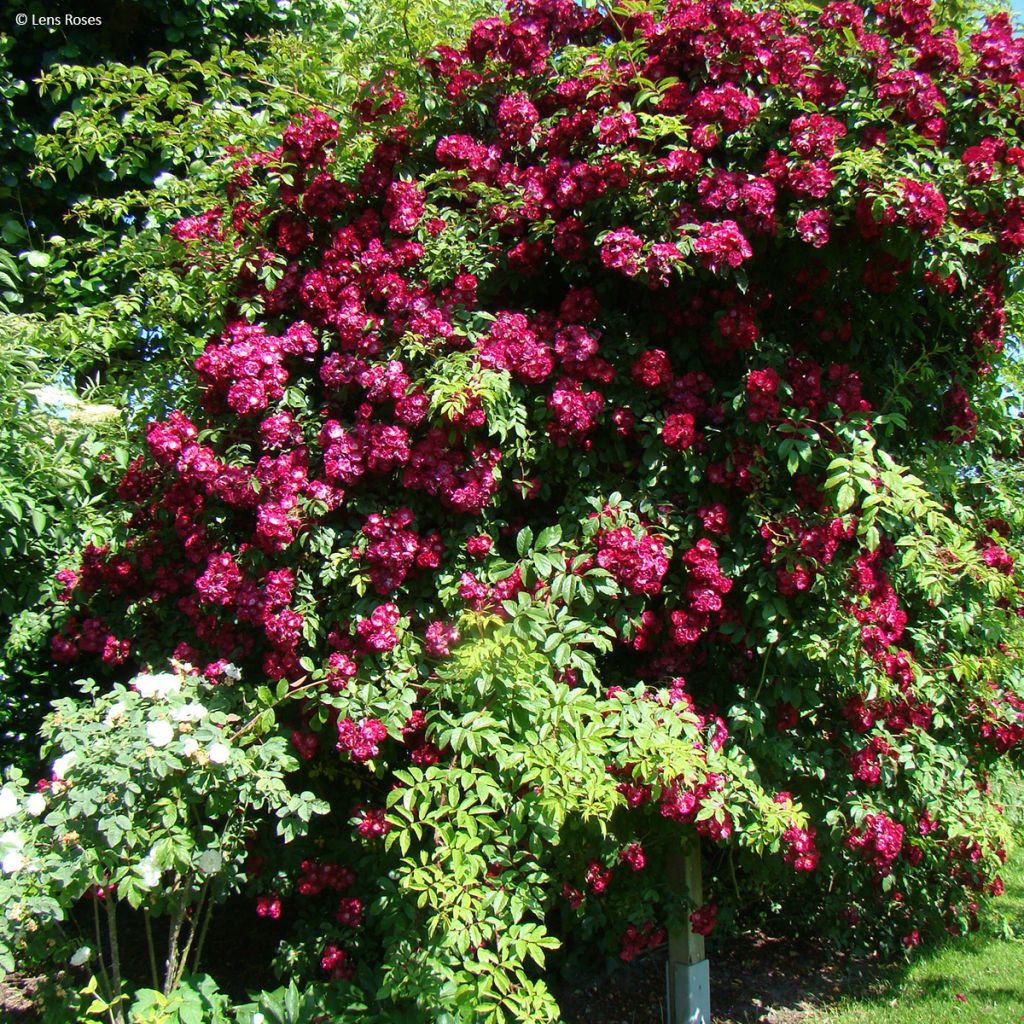

Rosa Wilderode- Bourbon Rose
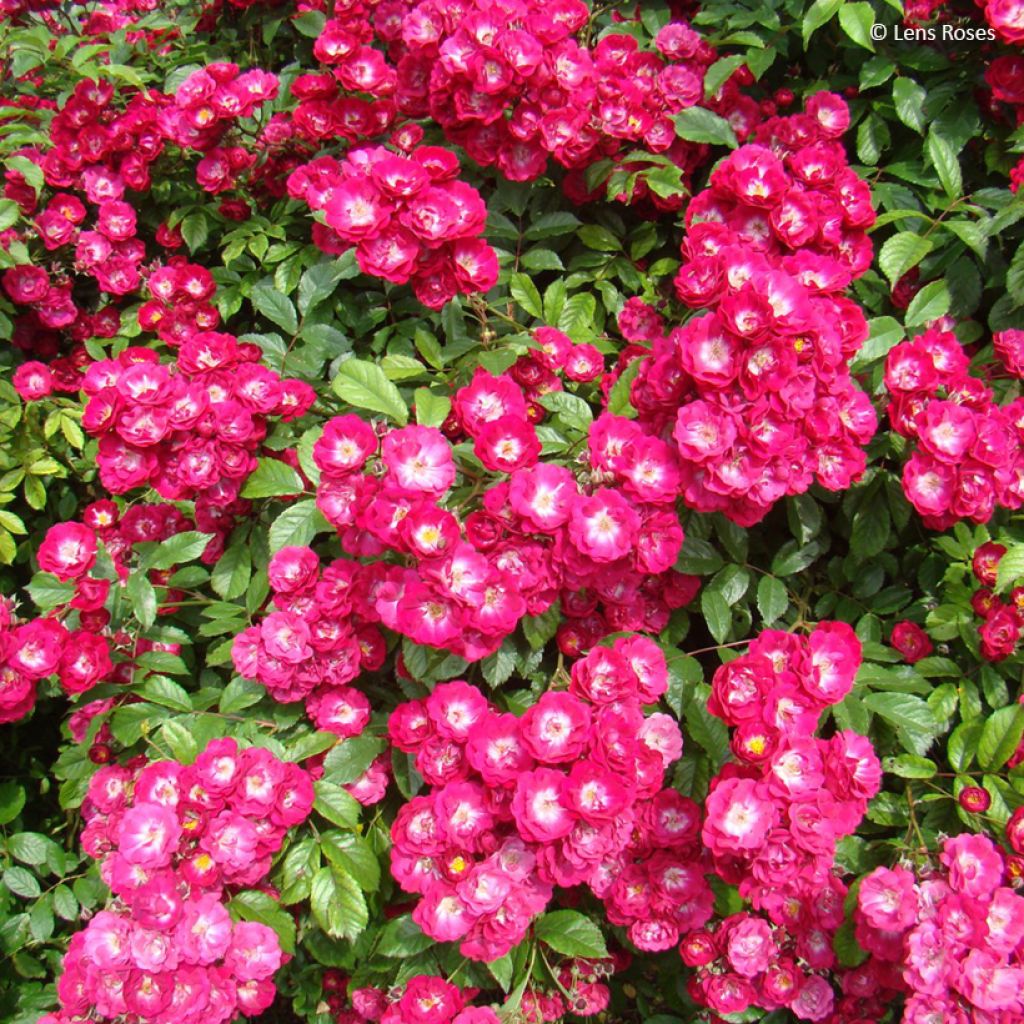

Rosa Wilderode- Bourbon Rose
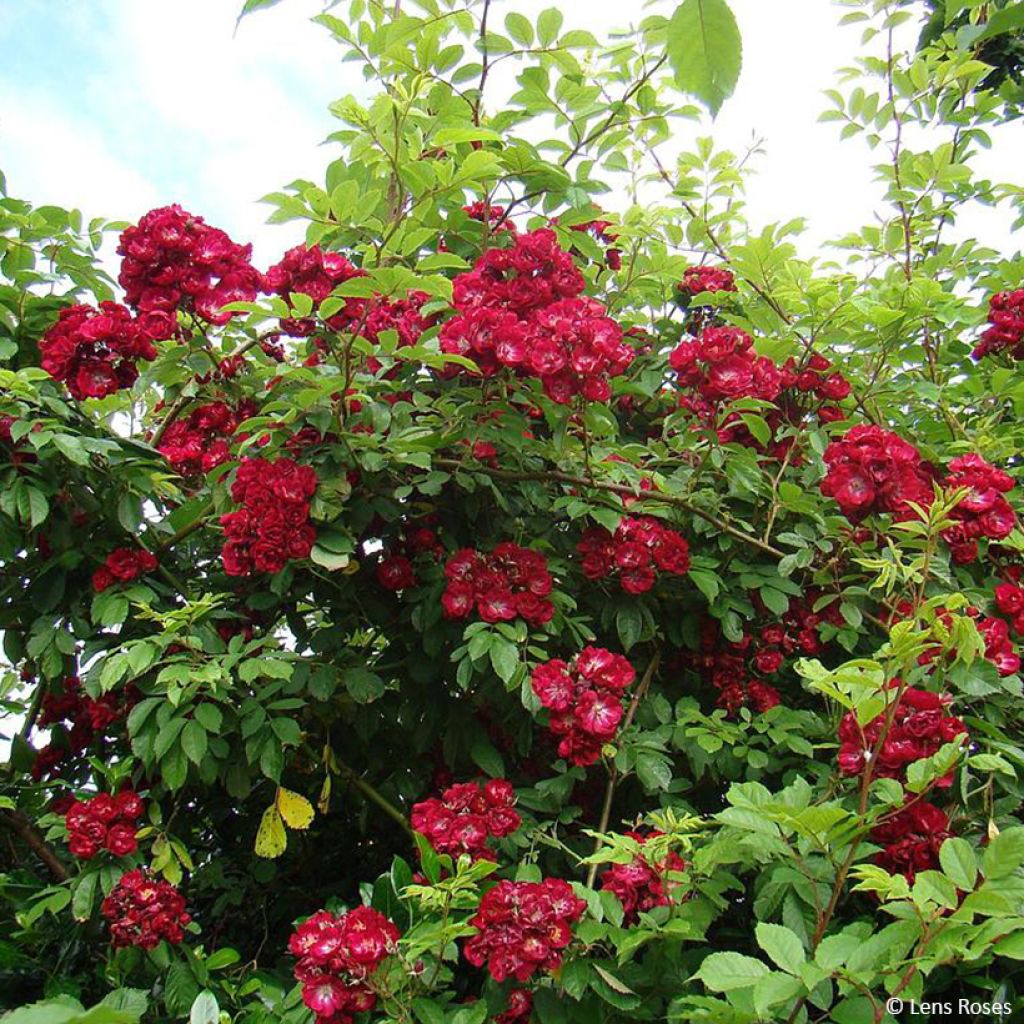

Rosa Wilderode- Bourbon Rose
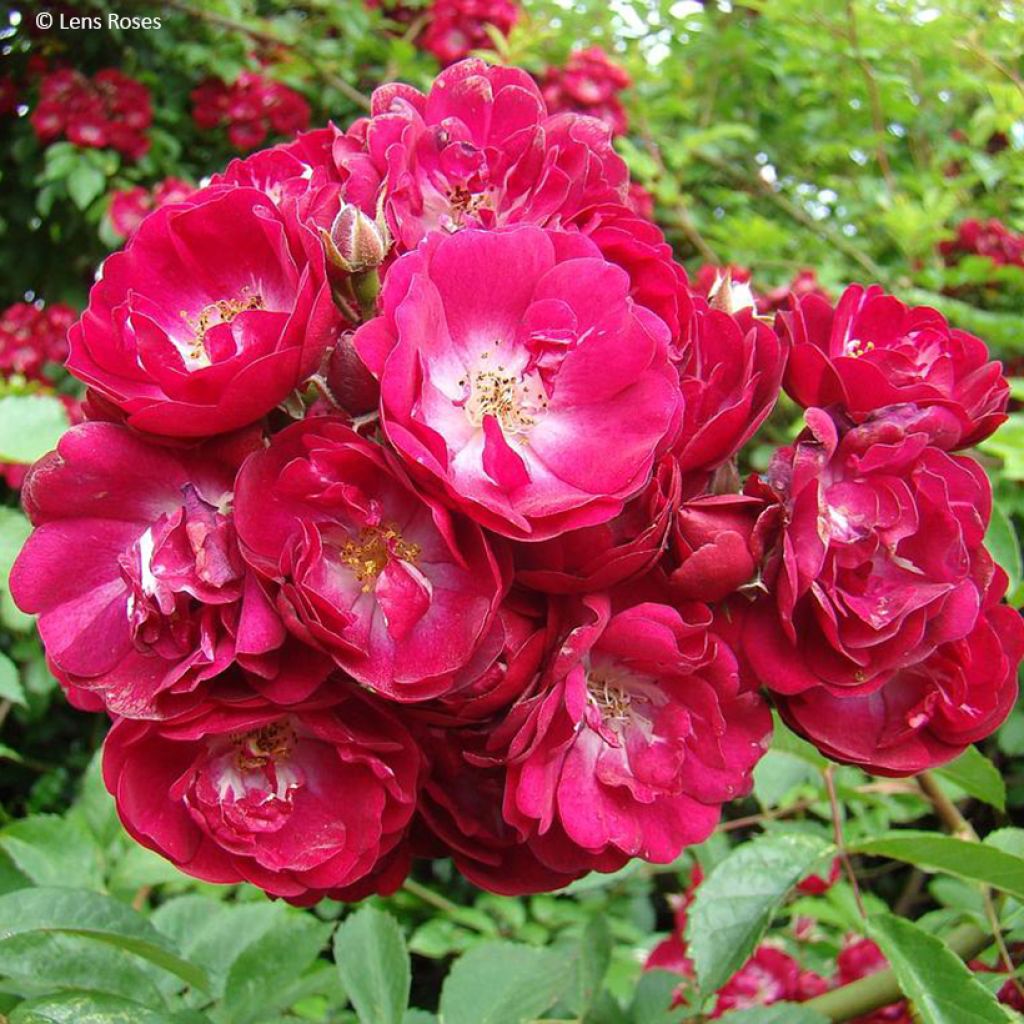

Rosa Wilderode- Bourbon Rose
Rosa Wilderode- Bourbon Rose
Rosa x grimpant Wilderode
Climbing Rose
Thanks to the individuals (for order preparation and shipping), the bare-root rose I received looks healthy. Planted under Prunus laurocerasus Caucasica, near the 'Cottage Rose' variety, I am now patiently waiting for it to take root... or not?
Thierry, 12/01/2024
Order in the next for dispatch today!
Dispatch by letter from €3.90.
Delivery charge from €5.90 Oversize package delivery charge from €6.90.
More information
This item is not available in your country.
Select delivery date,
and select date in basket
This plant carries a 24 months recovery warranty
More information
We guarantee the quality of our plants for a full growing cycle, and will replace at our expense any plant that fails to recover under normal climatic and planting conditions.
From €5.90 for pickup delivery and €6.90 for home delivery
Express home delivery from €8.90.
From €5.90 for pickup delivery and €6.90 for home delivery
Express home delivery from €8.90.
Does this plant fit my garden?
Set up your Plantfit profile →
Description
The 'Wilderode' Rosebush is a particularly vigorous climbing rosebush that also stands out for its rich, massive red flowering in late spring. It has long flexible stems, very dense foliage that is attractive and exuberant vegetation. Between May and June, the plant is covered with large clusters of semi-double flowers that can be seen from afar. This splendid variety is perfect for dressing up a pergola, a wall, a fence, or climbing trees.
The large 'Wilderode' rosebush is a creation of Lens Roses dating back to 2009. The plant can easily reach 7 to 8 m (26ft) in height with a spread of 2 to 3 m (7 to 10ft). Regular pruning can keep it as a large bush of 3 m (10ft) in height. Its long stems are flexible, thorny, and covered with very dense and healthy foliage, a bright medium green color with a slight gloss. The flowers of this variety form abundantly in May-June. Gathered in beautiful clusters, they emerge on short shoots from the 2nd year, as intense red buds. Then, they open up into small semi-double rosettes with a clear bicolour of 4 cm (2in) in diameter. Their edges transition from red to pink-red as the hours go by, around a white center. They emit a light fragrance and their cluster of stamens is highly visited by bees.
'Wilderode' combines the strength of wild liana roses and a rare red flowering in roses of this type, which are often white. It fits perfectly in a romantic, English-style garden or one that is slightly wild. Like other large climbing roses, it is incomparable for adorning walls, fences, pergolas, and other arbours. Its dense habit also allows it to be used in a flowering hedge where it can lean on its long stems. To accompany it, consider, for example, a vigorous clematis of the terniflora type or belonging to the 'montana' group. It is an ideal companion for small trees that it will revive, or cabins that it will give a charming touch to.
Rosa Wilderode- Bourbon Rose in pictures


Plant habit
Flowering
Foliage
Botanical data
Rosa
x grimpant
Wilderode
Rosaceae
Climbing Rose
Cultivar or hybrid
Planting and care
The Wilderode rose is a versatile plant that can thrive in various types of soil, including heavy or sandy soils, provided it is planted carefully and receives adequate water and nutrients. For optimal growth, plant it in well-drained soil that has been worked thoroughly, and choose a location that receives plenty of sunlight or partial shade. The best time to plant this rose is in early spring or autumn, but avoid planting it during freezing temperatures.
To prune the Wilderode rose, you should maintain the main branches to preserve its structure and remove only the lateral branches by cutting them 3 to 5 cm (1 to 2 inches) from the main branches. This type of pruning is beneficial for the plant as it rejuvenates it and encourages flower production at the base of the plant. This rose is relatively hardy and can withstand temperatures as low as -20°C (-4°F). If you want to prevent fruit formation, it's advisable to remove faded flowers and dead wood during winter. You can also do a light pruning in spring after the risk of frost has passed. If you have enough space, you can let climbing roses grow freely.
If you plant a climbing rose next to a live tree, keep in mind that the rose's root system will compete with that of the established tree. To control watering, you can plant the rose in a large container with a perforated bottom at the base of the tree. This will prevent the tree roots from penetrating the container for at least a year. After a year, you can remove the container by cutting one side without disturbing the rose's root system. By then, the rose will have developed a strong root system and will be more resilient.
Towards the end of summer, roses may develop unsightly stains, but this is a natural phenomenon that does not harm the plant's development.
Planting period
Intended location
Care
- , onOrder confirmed
Reply from on Promesse de fleurs
Fragrant Roses
Haven't found what you were looking for?
Hardiness is the lowest winter temperature a plant can endure without suffering serious damage or even dying. However, hardiness is affected by location (a sheltered area, such as a patio), protection (winter cover) and soil type (hardiness is improved by well-drained soil).

Photo Sharing Terms & Conditions
In order to encourage gardeners to interact and share their experiences, Promesse de fleurs offers various media enabling content to be uploaded onto its Site - in particular via the ‘Photo sharing’ module.
The User agrees to refrain from:
- Posting any content that is illegal, prejudicial, insulting, racist, inciteful to hatred, revisionist, contrary to public decency, that infringes on privacy or on the privacy rights of third parties, in particular the publicity rights of persons and goods, intellectual property rights, or the right to privacy.
- Submitting content on behalf of a third party;
- Impersonate the identity of a third party and/or publish any personal information about a third party;
In general, the User undertakes to refrain from any unethical behaviour.
All Content (in particular text, comments, files, images, photos, videos, creative works, etc.), which may be subject to property or intellectual property rights, image or other private rights, shall remain the property of the User, subject to the limited rights granted by the terms of the licence granted by Promesse de fleurs as stated below. Users are at liberty to publish or not to publish such Content on the Site, notably via the ‘Photo Sharing’ facility, and accept that this Content shall be made public and freely accessible, notably on the Internet.
Users further acknowledge, undertake to have ,and guarantee that they hold all necessary rights and permissions to publish such material on the Site, in particular with regard to the legislation in force pertaining to any privacy, property, intellectual property, image, or contractual rights, or rights of any other nature. By publishing such Content on the Site, Users acknowledge accepting full liability as publishers of the Content within the meaning of the law, and grant Promesse de fleurs, free of charge, an inclusive, worldwide licence for the said Content for the entire duration of its publication, including all reproduction, representation, up/downloading, displaying, performing, transmission, and storage rights.
Users also grant permission for their name to be linked to the Content and accept that this link may not always be made available.
By engaging in posting material, Users consent to their Content becoming automatically accessible on the Internet, in particular on other sites and/or blogs and/or web pages of the Promesse de fleurs site, including in particular social pages and the Promesse de fleurs catalogue.
Users may secure the removal of entrusted content free of charge by issuing a simple request via our contact form.
The flowering period indicated on our website applies to countries and regions located in USDA zone 8 (France, the United Kingdom, Ireland, the Netherlands, etc.)
It will vary according to where you live:
- In zones 9 to 10 (Italy, Spain, Greece, etc.), flowering will occur about 2 to 4 weeks earlier.
- In zones 6 to 7 (Germany, Poland, Slovenia, and lower mountainous regions), flowering will be delayed by 2 to 3 weeks.
- In zone 5 (Central Europe, Scandinavia), blooming will be delayed by 3 to 5 weeks.
In temperate climates, pruning of spring-flowering shrubs (forsythia, spireas, etc.) should be done just after flowering.
Pruning of summer-flowering shrubs (Indian Lilac, Perovskia, etc.) can be done in winter or spring.
In cold regions as well as with frost-sensitive plants, avoid pruning too early when severe frosts may still occur.
The planting period indicated on our website applies to countries and regions located in USDA zone 8 (France, United Kingdom, Ireland, Netherlands).
It will vary according to where you live:
- In Mediterranean zones (Marseille, Madrid, Milan, etc.), autumn and winter are the best planting periods.
- In continental zones (Strasbourg, Munich, Vienna, etc.), delay planting by 2 to 3 weeks in spring and bring it forward by 2 to 4 weeks in autumn.
- In mountainous regions (the Alps, Pyrenees, Carpathians, etc.), it is best to plant in late spring (May-June) or late summer (August-September).
The harvesting period indicated on our website applies to countries and regions in USDA zone 8 (France, England, Ireland, the Netherlands).
In colder areas (Scandinavia, Poland, Austria...) fruit and vegetable harvests are likely to be delayed by 3-4 weeks.
In warmer areas (Italy, Spain, Greece, etc.), harvesting will probably take place earlier, depending on weather conditions.
The sowing periods indicated on our website apply to countries and regions within USDA Zone 8 (France, UK, Ireland, Netherlands).
In colder areas (Scandinavia, Poland, Austria...), delay any outdoor sowing by 3-4 weeks, or sow under glass.
In warmer climes (Italy, Spain, Greece, etc.), bring outdoor sowing forward by a few weeks.
